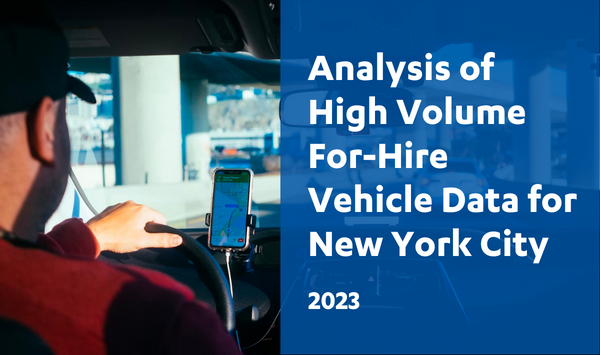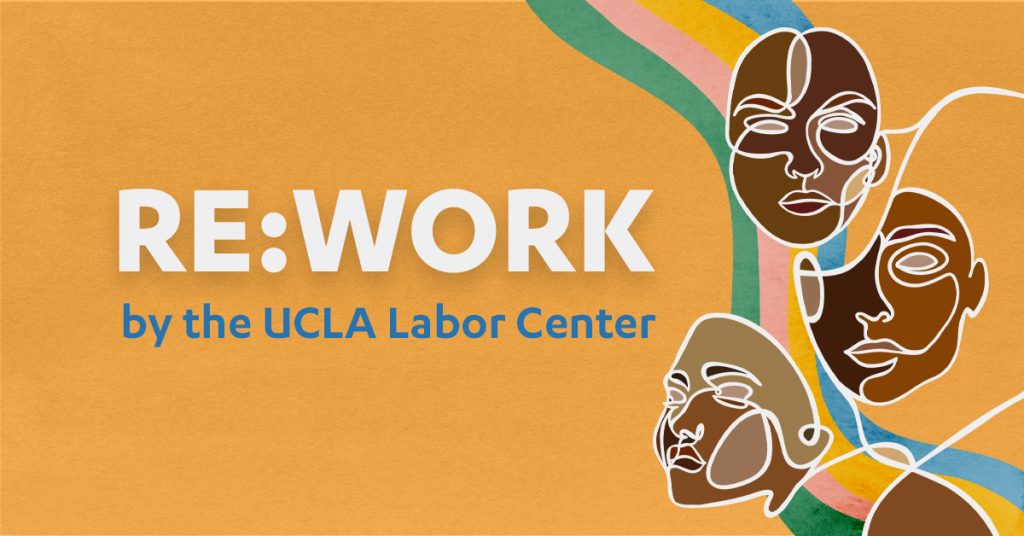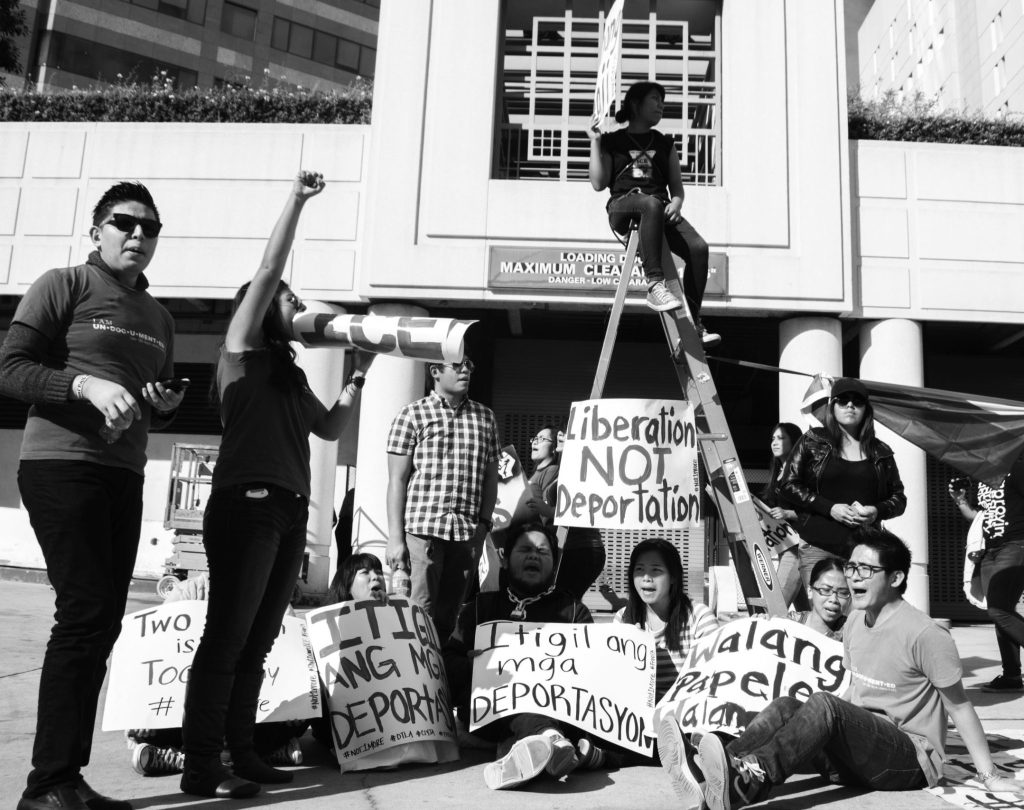In 2018, New York City became one of the first cities to regulate the economics of app-based for-hire vehicles like Uber and Lyft, by establishing a minimum rate for drivers and a cap on the number of licenses for for-hire vehicles. The minimum per trip standard gave drivers an estimated gross hourly earnings of at least $27.86 per hour, before expenses, for an estimated net income of $17.22 per hour.
To better understand driver pay and passenger fares in relation to the TLC’s minimum rates, Analysis of High Volume For-Hire Vehicle Data for New York City offers an analysis of publicly available data from the New York City Taxi & Limousine Commission’s High Volume For-Hire Vehicle (HVFHV) trip database.
The report authors focused on HVFHV rides taken in February 2019, October 2019, April 2020, and April 2022 for non-Wheelchair Accessible Vehicles and were limited to rides beginning and ending in New York City. They analyzed approximately 50 million rides, exploring the passenger fares, driver pay, and commission fee companies are exacting from the fares per trip.
Among other findings, the brief notes:
- Median driver pay per trip in February 2019 was $10.99, compared to $12.22 for passenger fares in the same month. In April 2022, the median driver pay and passenger fare were $14.41 and $18.39, respectively. The increase in base passenger fare has outpaced the increase in driver pay. From February 2019 to April 2022, median driver pay increased by 31% compared to an increase of 50% for median passenger fare.
- Since 2019, ride-hail companies have taken a higher percentage of the passenger fare. In February 2019 (when TLC first implemented the driver pay rules), companies took 9% of passenger fare compared to 20.7% in April 2022.
- There was wide variation in what percent the company took of the passenger fare. In February 2019, the company took 30% or more of the fare on about 9% of the rides. In April 2022, the company took a 30% or more cut of the passenger fare for 29% of all rides.
Report authors recommend:
-
- A cap on the amount that companies can take from the passenger fare.
- Transparency around the company commission—the difference between the passenger fare and driver pay—ensuring that drivers and passengers know the fare, driver pay and company commission.
- Any increase in the passenger fare should have a proportional increase in the driver pay.
- Ensuring compliance and enforcement of all minimum rate underpayments.
- Increase transparency and provide drivers full access to their trip data.
Related Reports
Worker Ownership, COVID-19, and the Future of the Gig Economy (2020)
More Than a Gig: A Survey of Ride-Hailing Drivers in Los Angeles (2018)
Policy Brief: Ridesharing or Ridestealing? (2015)
Related Links
Crains New York Business
Pix11
New York Daily News
The City
Yahoo News
The Lawton Constitution
W42ST
Vice
Engadget
CT Examiner


